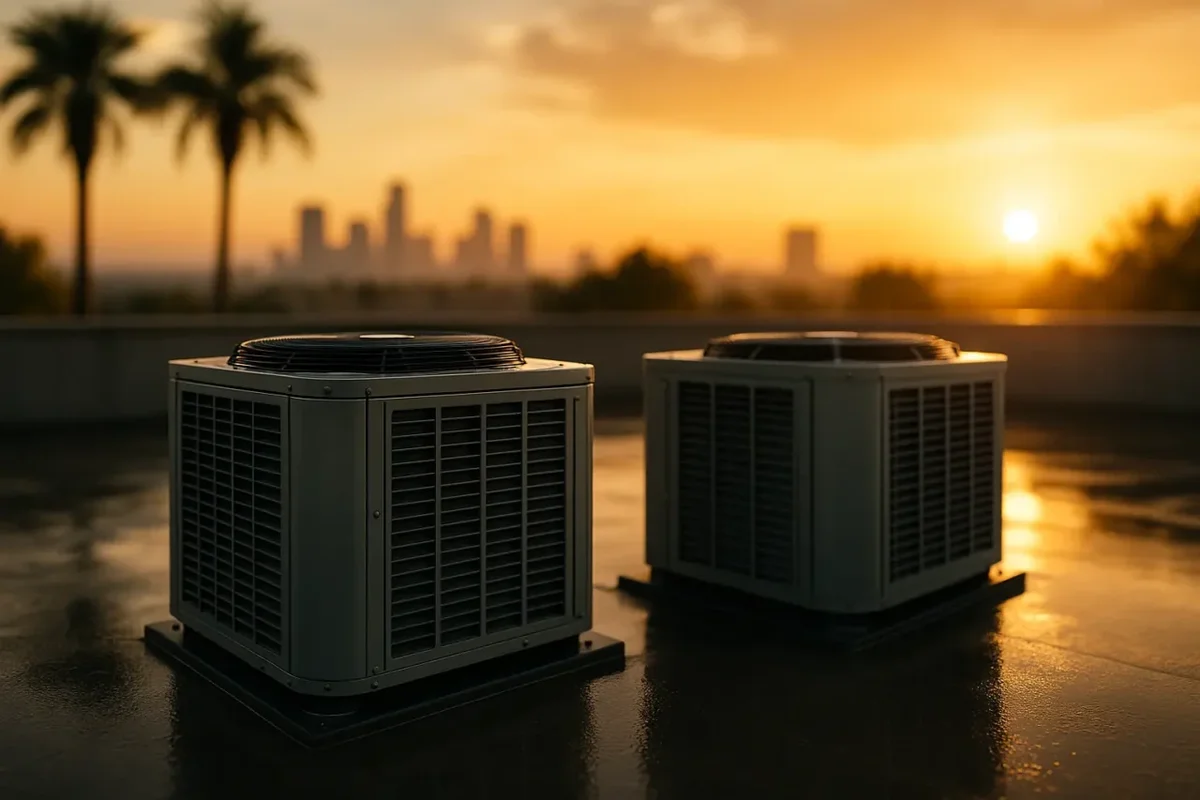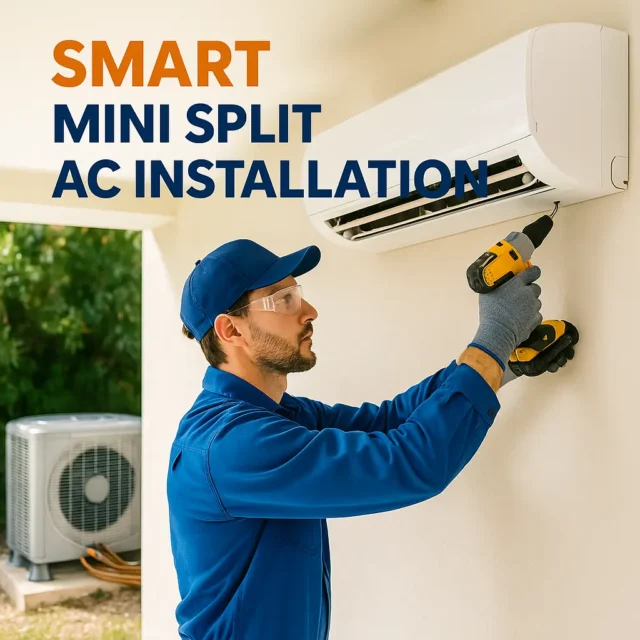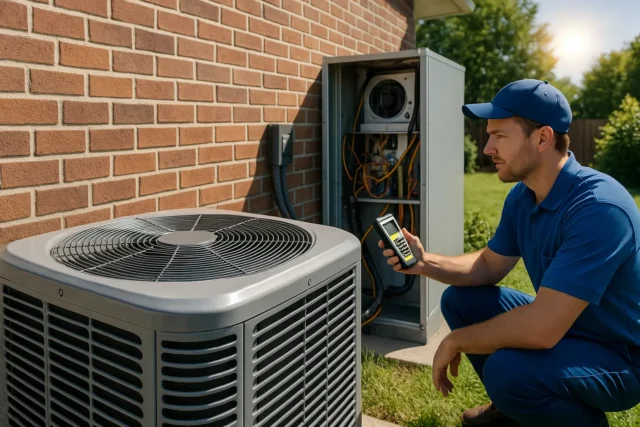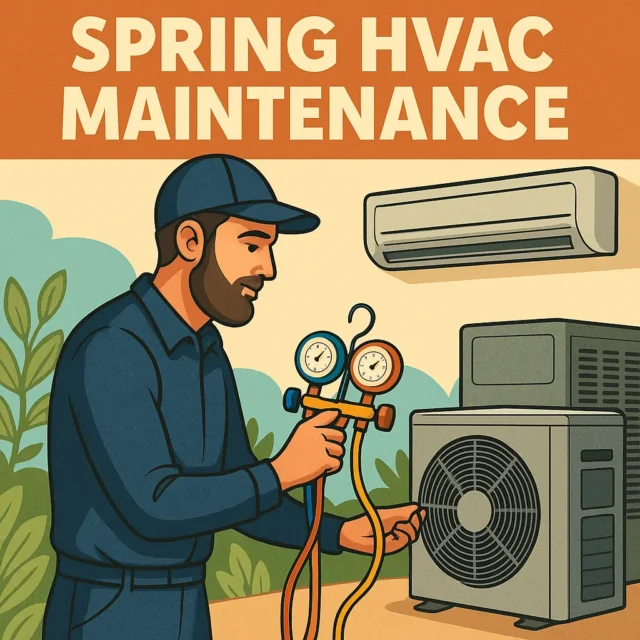Understanding HVAC Air Handlers in Your Home

What Are HVAC Air Handlers?
An HVAC air handler is the indoor part of your heating and cooling system that moves air through your home. It works with your air conditioner or heat pump to circulate air, control temperature, and improve comfort. Without it, the system would not function properly.
The air handler contains several key parts: the blower, evaporator coil, heating elements, air filter, and dampers. Each plays an important role in conditioning the air before it flows into your living space.
Main Components of an Air Handler
Blower or Fan
The blower pulls air in from your home, pushes it through the coil, and forces it back into your ducts. Many modern units feature variable-speed blowers that save energy and keep your home’s temperature steady.
Evaporator Coil
The evaporator coil is where the cooling magic happens. Refrigerant flows through the coil, pulling heat and moisture from the air. This not only cools your home but also lowers humidity.
Heating Elements
In some HVAC air handlers, electric heating elements or heat strips warm the air during colder months. Not every unit has this feature—some homes rely on a separate furnace.
Air Filter
Filters trap dust, dirt, and allergens before air circulates back into your home. Replacing filters every 2–3 months keeps your system efficient and your indoor air healthier.
Dampers
Dampers are adjustable plates that regulate airflow. By opening or closing them, you can balance air distribution throughout different rooms.
How HVAC Air Handlers Work
The process is simple but effective:
Air Intake – The blower pulls in indoor air.
Filtration – Air passes through the filter, removing particles.
Conditioning – The evaporator coil cools or the heating elements warm the air.
Distribution – Conditioned air is pushed through ductwork into each room.
This cycle repeats continuously, keeping your home comfortable.
Types of HVAC Air Handlers
Residential Air Handlers
Compact units paired with AC or heat pumps, ideal for homes and small buildings.
Commercial Air Handlers
Larger units for offices or industrial spaces. Some include added features like humidifiers.
Make-Up Air Units
Used in restaurants, labs, or healthcare settings, these units replace stale indoor air with fresh outdoor air.
Why HVAC Air Handlers Are Important
Air handlers do more than just push air. They improve comfort, reduce energy costs, and support indoor air quality.
Comfort – Keeps your temperature steady year-round.
Air Quality – Filters dust, pollen, and allergens.
Efficiency – Helps your system run smoothly and prevents wasted energy.
Common Problems with Air Handlers
Clogged Filters
Dusty or dirty filters can block airflow, cause ice buildup, and strain the blower motor. Always replace them on schedule.
Coil Issues
Dirty evaporator coils reduce efficiency. Regular cleaning prevents breakdowns.
Loose Wiring
Connections can wear down over time. A professional inspection can catch these issues early.
When to Call for Service
If you notice weak airflow, strange noises, or rising energy bills, it might be time for a professional check-up. Regular maintenance extends the life of your system and protects your comfort.
For reliable service, check out our air conditioning repair and maintenance options.
You can also schedule expert air handler and duct services through our dedicated service page.
Conclusion
Your HVAC system cannot function without a working air handler. It’s the heart of your home comfort, helping maintain clean, conditioned air all year. By understanding how HVAC air handlers work and scheduling timely service, you’ll save energy, improve air quality, and enjoy a healthier living environment.


